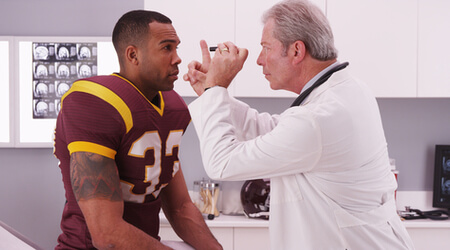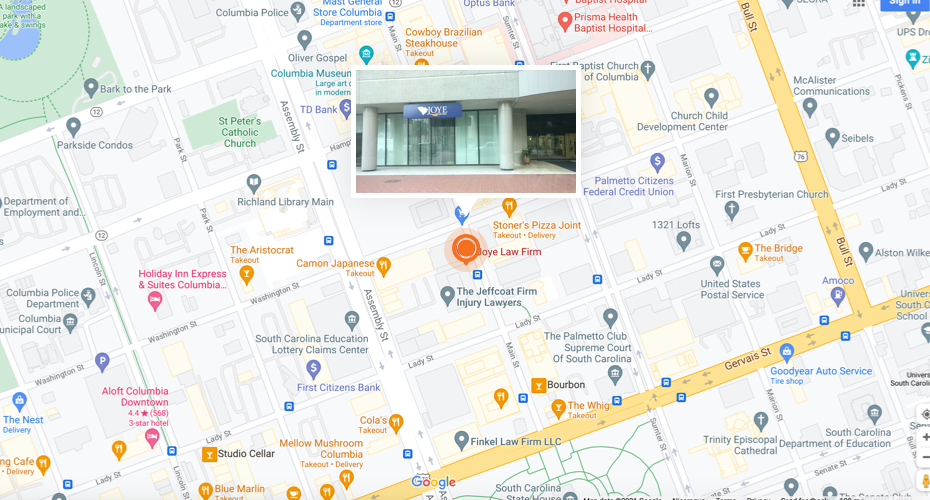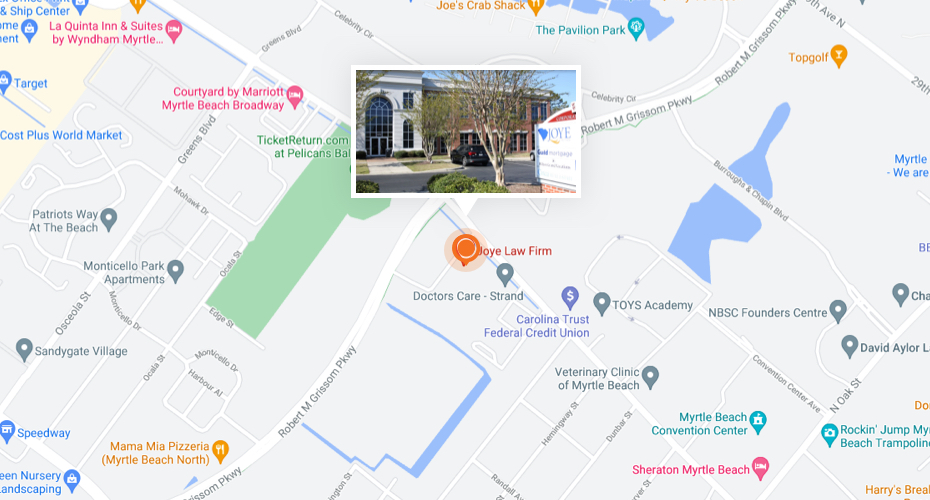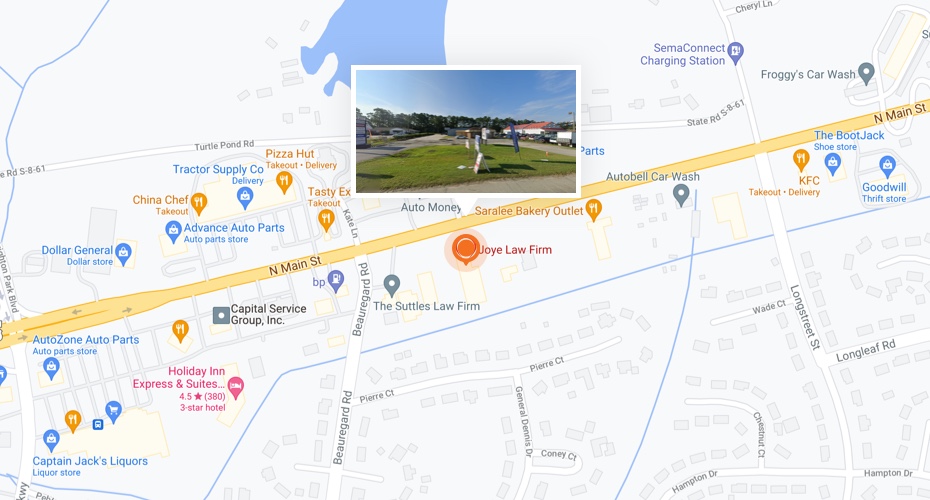
The Centers for Disease Control and Prevention (CDC) says U.S. emergency rooms treat more than 173,200 sports- and recreation-related traumatic brain injuries, including concussions, in children and adolescents each year.
The activities associated with the greatest number of TBI-related ER visits include bicycling, football, playground activities, basketball and soccer. But a wide-ranging CDC study of youths and sports found hundreds of incidents of TBI in dozens of sports and recreation activities.
When a student-athlete or a child at play suffers brain damage while participating in supervised sports or recreational activities, it is important to determine whether negligence played a part in the injury. A TBI can be an expensive and long-lasting injury. Those who have been harmed through no fault of their own deserve compensation for their losses.
Sports and Concussions
The CDC says that during the last decade, ER visits for sports- and recreation-related traumatic brain injuries (TBIs), including concussions, have increased by 60 percent among children and adolescents. Children and teens are more likely to get a TBI, the CDC says, and they take longer to recover than adults.
A concussion is a type of TBI caused by a bump, blow or jolt to the head. Concussions can also occur from a fall or a blow to the body that causes the head to move quickly back and forth, making the brain slam against the inside of the skull. A concussion may cause loss of consciousness. Other symptoms include headache and problems with concentration, memory, judgment, balance and coordination. Most people with a concussion recover quickly and fully. But for some people, symptoms can last for days, weeks or longer.
The NCAA cites estimates that 1.6 to 3.8 million concussions occur in sports and recreation-related activities every year. Many are difficult to detect, and athletes may under report their injuries, the collegiate sports agency says.
After analyzing national data from 2001 to 2009, the CDC released a report projecting that among 2.65 million sports and recreational injuries in American youths aged 19 or younger every year,there are 173,285 TBIs.
Traumatic brain injury was found to occur in dozens of sports, ranging from an estimated 26,212 bicycling injuries each year to about a dozen TBIs suffered in bowling accidents.
In descending order according to the frequency of TBIs, they include:
- Bicycling
- Football
- Playground activities
- Basketball
- Soccer
- Baseball
- All-terrain vehicle (ATV) riding
- Skateboarding
- Swimming
- Hockey (including ice hockey, field hockey, roller hockey and street hockey)
- Miscellaneous ballgames (including lacrosse, rugby, handball and tetherball)
- Horseback riding
- Moped/dirtbike riding (including other two-wheeled, powered, off-road vehicles and dune buggies)
- Scooter riding
- Gymnastics (including cheerleading and dance)
- Combative sports (including boxing, wrestling, martial arts and fencing)
- Softball
- Exercising
- Sledding
- Trampoline jumping
- Golf (including injuries related to golf carts)
- Ice skating
- Volleyball
- Amusement attractions (including rides and water slides – not swimming pool slides)
- Roller skating/unspecified skating
- Go-kart riding
- In-line skating
- Track and field
- Racquet sports (including tennis, badminton and squash)
- Bowling
- Others (water skiing, surfing, personal watercraft, snow skiing, snowmobiling, snowboarding, camping, fishing, archery, darts, table tennis, non powder/BB guns and billiards)
Sports and Repetitive Head Injury Syndrome
Unfortunately, once a person has had a concussion they are more prone to suffer another concussion. Second-impact syndrome (SIS) is a particular concern among athletes. SIS describes the situation in which an individual suffers a second head injury before the first head injury has completely healed.
The effect of a second injury may seem relatively mild, with the athlete appearing to be dazed only initially. However, the second impact can cause cerebral edema and herniation (bleeding and increased intracranial pressure), which lead to collapse and death within minutes.
A report from the National Center for Catastrophic Sports Injury Research found 35 SIS cases among American football players from 1980 to 1993. Seventeen were confirmed by necropsy (autopsy), surgery or magnetic resonance imaging (MRI) findings.
The actual number of athletes who may be affected by repeated minor head injuries and SIS is largely unknown, say doctors writing about repetitive head injury syndrome for Medscape Reference.
Legal Help for a Sports-Related Traumatic Brain Injury in SC
When parents entrust the care of their children to the organizers of supervised sports and recreational activities, they should be able to do so with confidence that training and policies are in place to keep young athletes safe. Playground equipment should be safely designed and properly maintained.
A serious traumatic brain injury suffered at high school football practice or on a playground often means years of expensive treatment, and in some cases lifelong treatment and care. Medical expenses can easily top millions of dollars, particularly for young TBI victims. Even mild TBI cases may require lengthy and costly recovery periods.
If another person’s or organization’s negligence caused a loved one of yours to suffer a TBI while participating in a supervised sports or recreation program, you could be entitled to compensation. Available monetary damages could include payment to assist with medical expenses, long-term care costs, loss of income and earning potential, and pain and suffering.
To find out more about your sports-related TBI case, discuss it with one of the brain injury attorneys at Joye Law Firm.We are ready to provide you with a free and confidential initial consultation about your case.
Call Joye Law Firm. Contact the Joye Law Firm by phone or fill out our online case evaluation form.
Sources:



























